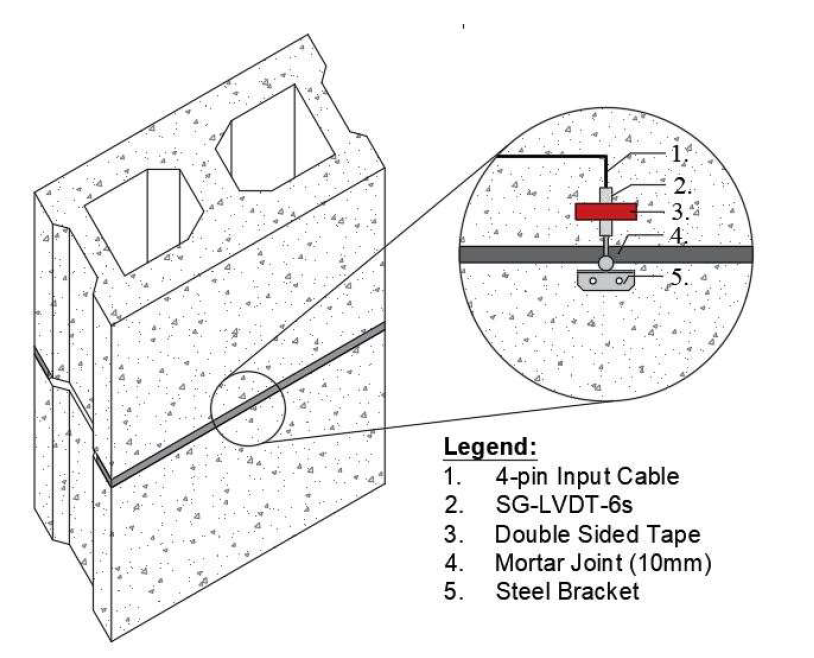Kyle Dunphy, Ayan Sadhu, and Bennett Banting,
Kyle Dunphy, PhD Student, Department of Civil and Environmental Engineering, Western University, 1151 Richmond Street, London ON, Canada, kdunphy2@uwo.ca
Ayan Sadhu, Assistant Professor, Department of Civil and Environmental Engineering, Western University, 1151 Richmond Street, London ON, Canada, asadhu@uwo.ca
Bennett Banting, Director of Technical Services, Canada Masonry Design Centre, 360 Superior Blvd., Mississauga, ON, Canada, Bbanting@canadamasonrycentre.com
ABSTRACT
Though masonry is historically one of the world’s oldest structural materials, it continues to be implemented in contemporary construction throughout the world. In Canada, loadbearing masonry is comprised of concrete blocks bonded together with mortar. Since a concrete block wall can contain sections of walls that are grouted solid and reinforced as well as portions that are left hollow and unreinforced, masonry is represented as an anisotropic and heterogeneous material with the properties dependent on the directionality of its movement. During the initial construction period, it is established that most masonry structures only exhibit a fraction of their designed strength. The fractional strength is attributed to the active curing of the mortar and grout used in masonry construction during the first 12 to the 24 hours following construction. Current recommendations are that masonry constructed above 1.2 m in height requires some type of bracing against wind loads during these first hours after construction. However, to date, there exist no experimental studies that determine the early-age strength properties of masonry. As such, most wind bracing for masonry construction is designed conservatively, assuming that the masonry will provide no lateral strength. In this study, uniaxial tensile tests are conducted on two-block masonry assemblages with a curing period of 2 to 72 hours to quantify the variation of the elastic properties of the masonry over time. A representative early-age masonry strength is quantified using the experimental data.
KEYWORDS: masonry structures, construction, experimental testing, stress-strain behaviour, early-age properties



